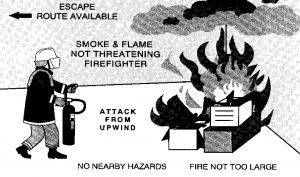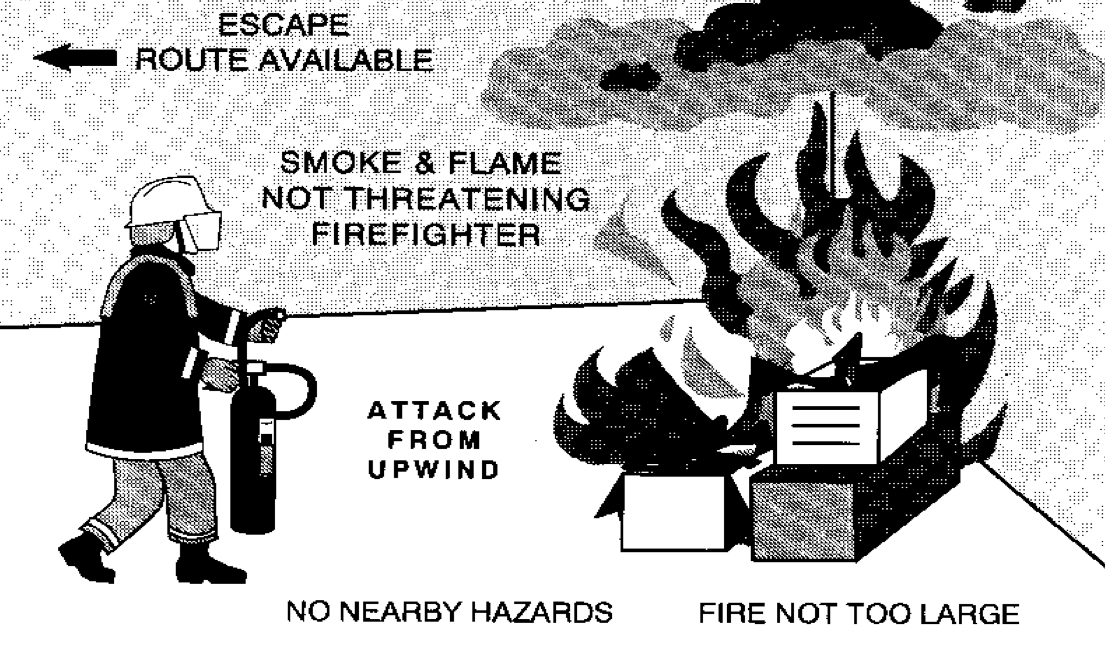
16 May FIRST ATTACK FIRE FIGHTING
First Attack Fire Fighting Training
The aim of First Attack Fire Fighting training is
- Enable you to safely and effectively control small fires in the workplace or home at early stages
- Know and understand your limitations
- Know and understand your equipment limitations
- What actions to be taken in the case of a fire
First Attack Fire Fighting
At the end of this Blog you should be able to:
- Identify the hazards and precautions associated with fire
- Identify different types of portable fire extinguishers
- Suppress & control small fires
Firefighting Attitude
- All fire fighting is about taking calculated risks. Always ask yourself:
- “Is what I’m about to do really worth the risk, considering what is at stake?”
- Because of the hazard involved in firefighting, a professional approach is essential for your safety!!
Structural Fires Hazards
- Rapid spread of fire
- Smoke logged areas (toxic fumes, restricted vision)
- Backdraft
- Victims
- Dangerous contents (household chemicals, gas, electricity)
- Building collapse
- Flashover
- Hazardous work environment (slips, trips, falls & booby traps.)
- Other
What Is Fire?
A chemical reaction producing light and heat
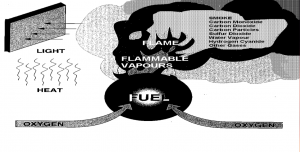
The Fire Triangle
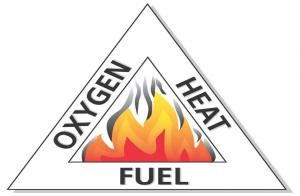
Methods Of Extinguishment
Below is the Fire tetrahedron of extinguishment
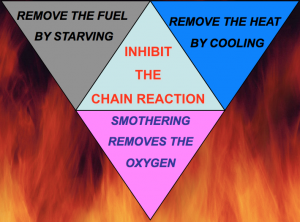
Spread Of Fire
A structure fire, convected heat is trapped inside the structure
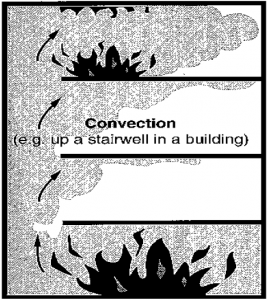
Spread Of Fire
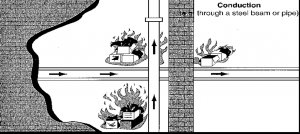
Spreading of fire through a steel beam or pipe.
Conduction of heat
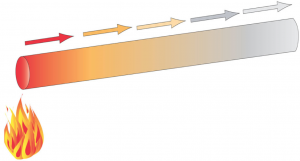
Spread of fire
Radiation & the spread of fire from building to building
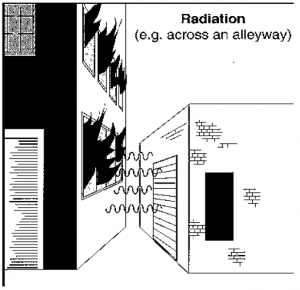
Radiant Heat
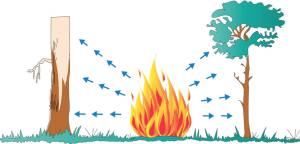
Classes of Fire
CLASS A types of Fires – Ordinary combustibles
- Wood
- Paper
- Upholstery
- Plastics
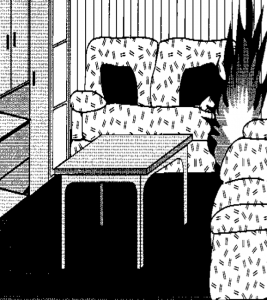
CLASS B types of Fires – Flammable combustible Liquids
- Petrol
- Oil
- Thinners
- Paints
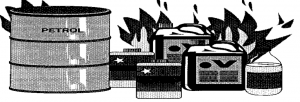
CLASS C types of Fires – Flammable gases
- Natural gas
- Lpg (propane)
- Acetylene
- Hydrogen
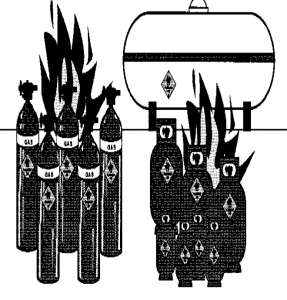
CLASS D types of Fires – Combustible Metals
- Magnesium
- Sodium
- Potassium
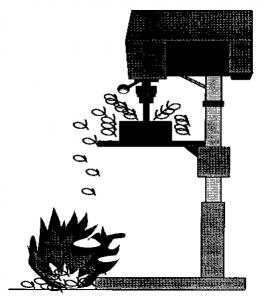
CLASS E types of Fires – E = Electricity
Can involve:
- Wiring
- Electric Motors
- Switch Boxes
- House Hold Appliances
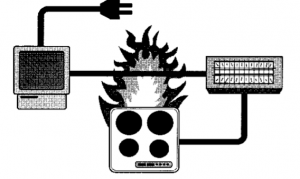
CLASS F types of Fires – F = Fat Fires
Hot fat fires (deep fryers)
- Commercial kitchens
- Fast food outlets
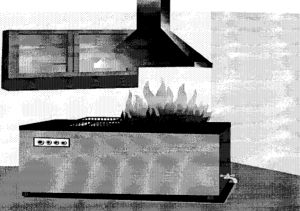
Firefighting Agents
- Water
- Class A Foam
- Class B Foam
- Extinguishing powders
- Carbon Dioxide – CO2
- Vaporising Liquids
- Wet Chemicals
- Fire Blankets
Suitability Of Firefighting Agents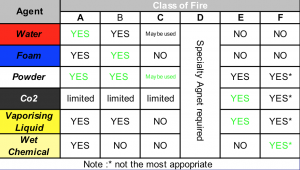
Fire Extinguishers Identification
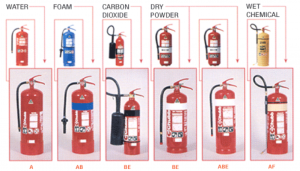
How Do Stored Pressure Fire Extinguishers Work
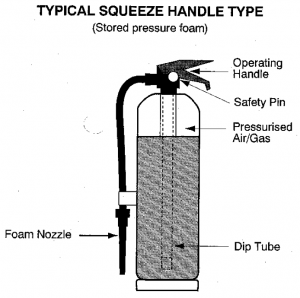
Fire Extinguisher Operation
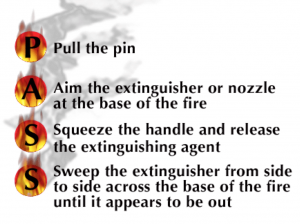
Fire Extinguishers May Be used for;
- First Attack Fire Fighting
- Mopping up pockets of fire
- Assisting other firefighting agents to work better
- Extinguishing some special types of fires
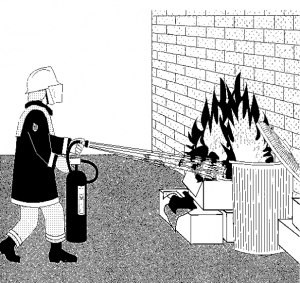
SIZE UP!
Is it safe and appropriate to use an extinguisher
